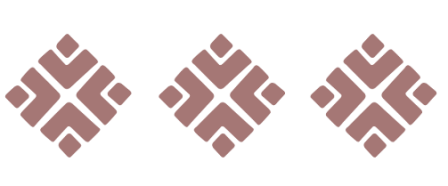
Stone Work

We do not know exactly the seat thickness of a facing block on the block from the preceding line, but it does not have any influence on the installation of these blocks. We want to show that the Khufu’s pyramid was set up from outside towards the interior. We assume that the facing blocks, cut and polished at 51°51' 53'' on one or two sides, were delivered on site with bevel upside in order not to damage it. The first line of blocks measures approximately 1,2 m thickness; we suppose that the corresponding angle stones measured 1,2 m wide by 1,2 m deep.
The first angle stone delivered bevel upside is rocked on a sand bed and is slipped in place so that the corner of the double bevel coincides with the fixed reference marks. The bottom of each bevel must also coincide with the chalk line or any reference between the corner and the reference mark of the apothem; thus, the base, set back of 60 cm on 115,15 m, sets back proportionally of 0,625 mm over the width of each block, which is negligible; for all practical purpose, the faces are orthogonal to the sides.
In the same way, the facing intercalated stones delivered bevel upside, are rocked on a sand bed and slipped in place; however, if the sides are adjusted too tight, it would be difficult to slip them in place because of sand or dust pulled by the operation; it is probable that the base of the blocks is trapezoidal, less broad a few millimetres at the back, that the sides at the base of the blocks are bevelled to receive the sand and dust involved by the installation, and the blocks are trapezoidal vertically, less broad of a few millimetres to bottom so that the faces are in contact without being prevented by the sides.
The apothem stone of is then slipped in place into the open angle formed by the meeting of the two plans on the same side. This stone received the same polished face, same trapezoidal releases and the same chamfers as the intercalated stones.
Starting from the angle stones double sack assembled to reinforce the ridges the basic belt is widened inward with few lines of blocks to built platforms and the base for one or several other belt lines. These preliminary works will be used as ramparts, model, template and construction camp for the rest of the operations which will proceed for a great part inside this amphitheater.
The following rows are installed in the same way, except when it’s time of slipping blocks at their final space, a straight rule is used to indicate the agreement between the stone just added in a line with the stones of the preceding line. At final, the sensitivity of the mason, his touch, will determine if the stone is well in place. Thereafter, it is easy, starting from a hung nacelle, to finalise the face polishing of the last lines. Thus while proceeding, from the interior, the stones are simply slipped, adjusted on the edge of a firm platform.
